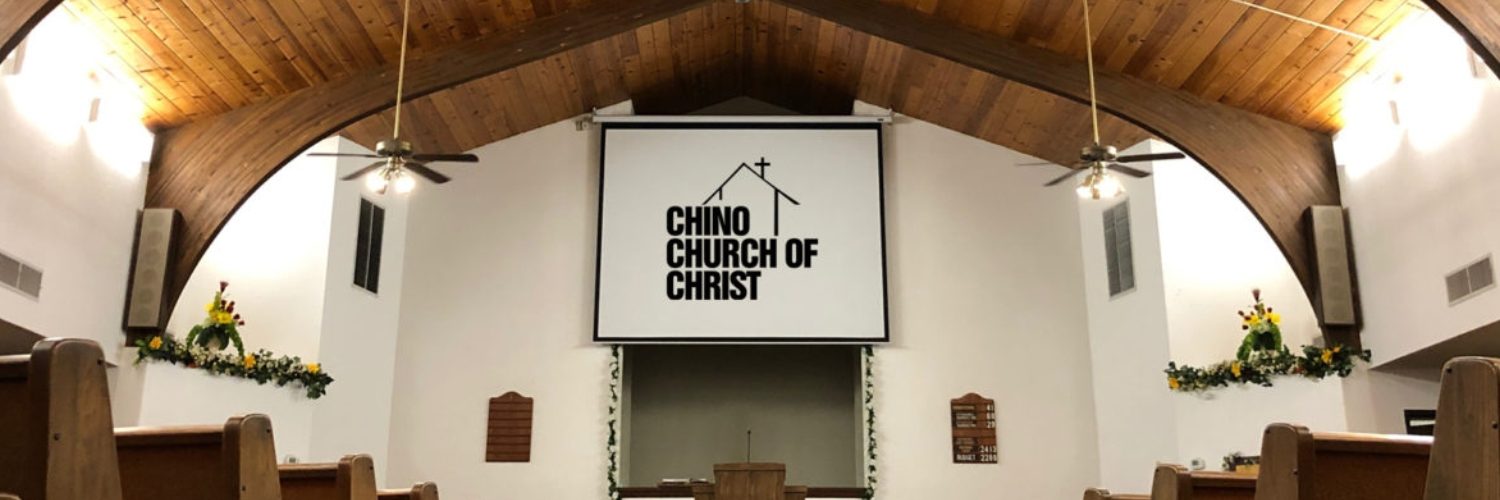The idea of restoring New Testament Christianity is “that God set forth His standard of acceptance in salvation, worship, church organization and daily living” and “to follow the teachings of God, revealed in the New Testament, to direct our lives in the same way as He did first century Christians”
(therestorationmovement.com/about.htm). We can open our Bibles and find a pattern for what the New
Testament church is to look like, not in customs and culture, but in commands and cause. Yet, a tendency we must guard against is a haughty spirit that portrays the idea that we have already arrived. Consider four areas where we need to keep at the restoration plea and overcome neglect.
CHURCH DISCIPLINE. For years, I have seen this referred to as “the forgotten
commandment.” At times, people will say of it things like “it doesn’t work,” “it’s harmful,” “it runs
people away,” etc. Were we to substitute that argumentation for subjects like women’s role,
worship, or baptism, wouldn’t we cry heresy or apostasy? However, in far too many instances, we
have simply ignored and failed to practice this plain, New Testament teaching (Mat. 18:15-17;
Rom. 16:17; 1 Cor. 5; 2 Thess. 3; Titus. 3:10-11).
EVANGELISM. It is so much easier to focus upon ourselves, to devote all our resources to
internal issues. Is there a spirit of evangelistic zeal running rampant among us? Is this an area to
restore, to be like the early church? Perhaps we may be intimidated by the culture of political
correctness. It could be the risk of ruining relationships or even rejection that causes us to avoid
efforts at soul-winning. It could even be that we need to build our conviction for or commitment to
this imperative given by the resurrected Savior Himself (Mat. 28:18-20; Mark 16:15-16; Luke
24:44-47).
CHURCH ORGANIZATION. It is very likely that the number of churches of Christ which have
elders are in the minority. At times, the reality of a shortage of qualified men is to blame. At other
times, preachers or others prefer not to have elders. But, even where churches are “scripturally
organized” (i.e., having elders and deacons), there is room for restoration— Preachers preaching
and evangelizing, elders leading and shepherding (pastoring), and deacons actively carrying out
and administrating the ministries and works of the local church. At times, there is a need to
restore the roles of each of these works so that the proper, appointed men are doing the work
Scripture outlines for them.
BROTHERLY LOVE. This is difficult, in a world increasingly characterized by hate, discord, and
general worldliness. In our culture, where it’s easy to become disconnected with others—even our
Christian family—we must strive to restore the beacon and central identification mark Jesus urged
when He said, “ A new commandment I give to you, that you love one another, even as I have
loved you, that you also love one another. By this all men will know that you are My disciples, if
you have love for one another” (John 13:34-35). Isn’t there room for more concentration upon this
command, which will be reflected in how we treat each other locally and in the brotherhood as a
whole (1 Pet. 2:17)?
I love to spend as much time as possible talking about what the church is doing right. It is doing so much right. By following the New Testament pattern regarding salvation, worship, the church’s purpose, and the like, we stand out in a religious world that has lost its way. Meanwhile, however, let us stay at the business of restoring the church to the pattern revealed in Scripture, even in areas that are more difficult and demanding though just as necessary.


